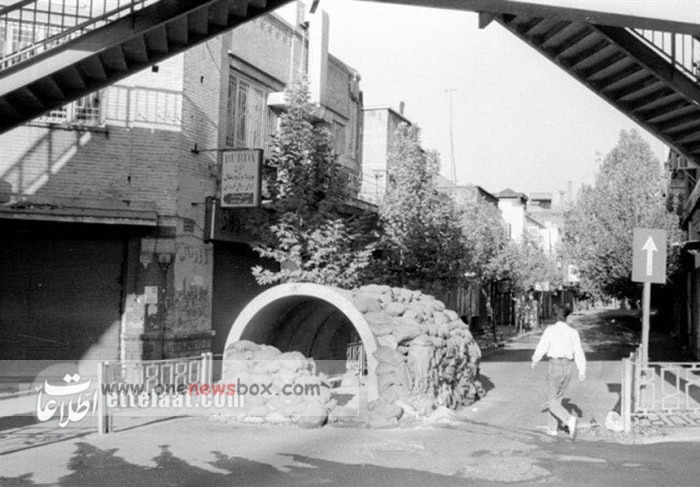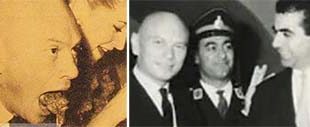The Road to the Iran‑Iraq War and Its Complex Political Context
Introduction
The Iran‑Iraq War (1980–1988) was one of the longest and deadliest conflicts of the late 20th century, reshaping the Middle East and leaving profound scars across both nations. Its origins were rooted in long‑standing tensions between Iraq and Iran — tensions that predated the 1979 Islamic Revolution and were compounded by ethnic, sectarian, and political dynamics. To understand the causes and trajectory of this devastating conflict, one must trace the complex interplay of historical grievances, broken agreements, rising tensions in border areas, and the revolutionary fervor that changed the calculus of relations between Tehran and Baghdad.
The Seeds of Conflict
Relations between Iraq and Iran had been tense long before the first shots of war rang out. From 1969 to the eve of the 1979 Iranian Revolution, the two nations experienced at least 104 incidents and clashes along their shared borders. These tensions stemmed largely from contested borders and ethnic and sectarian divides, especially around the Shatt al‑Arab (Arvand Rud) waterway, and Iraq’s treatment of its Kurdish and Shiite populations.
The 1975 Algiers Agreement was an attempt to formalize a precarious peace between the two nations. Under this accord, Iraq and Iran defined their borders along the Talog line of the Arvand Rud. In return, Iran promised to halt its support for the Iraqi Kurds, who had long been a thorn in Baghdad’s side. The agreement appeared to stabilize relations for a brief period, but its underlying tensions remained.

